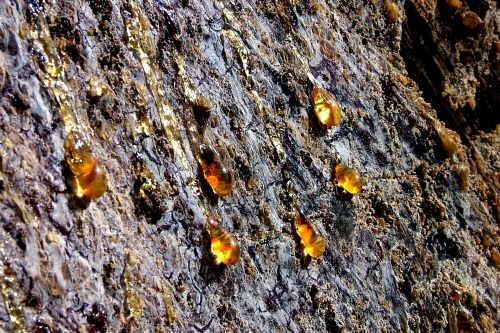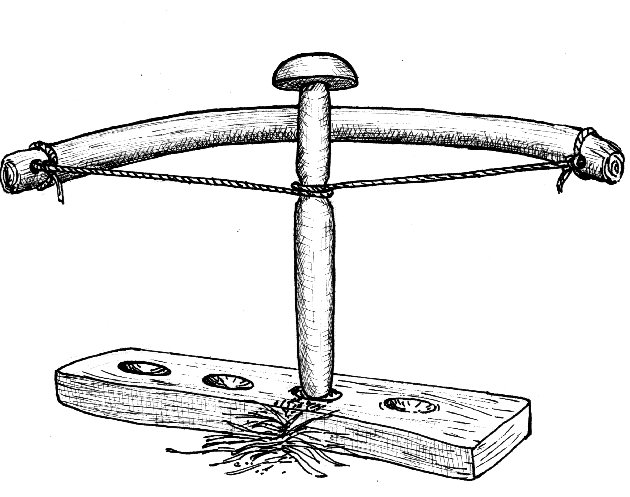Ticks are probably the primary dangers for lost hikers in Central Europe. No wolves, bears, nor lynxes have killed as many people as these little arachnids and no bite of a snake is feared as much in our latitude as theirs. They are not poisonous but they can transfer deadly diseases.
These little fellas are particularly active from March to October – meaning, they’re out at a time when people want to enjoy nature. Contrary to popular beliefs, ticks do not jump from trees, these blind passengers lurk in tall grass and bushes and they crawl up the body. They smell our sweat and blood and just wait until we brush them.
Edges of woods, clearances and trails are their favorite places to seek their prey. Their bites can release thick-borne encephalitis (TBS) pathogens into your blood circulation which can lead to inflammation of the cerebral membrane (meningitis) and possibly a tragic end. Sometimes, it’s too late to consult your doctor. So it’s recommended to get a vaccine right away!
Even the Lime disease (LD) is transferred via bacterial infections. They are recognizable by the red ring or circle that’s forming around the bite. But be careful, the red swelling is not a definite indicator for a LD infection in every case. There is no vaccine against this disease. The only thing you can do is to take penicillin as soon as possible and find a doctor.
But how do you remove a tick?
You take a tweezer and grip that little monster as deep as possible in the skin and pull it out. If the head is still stuck, there’s no need to panic. The body will naturally reject and extrude the foreign object. But just to make sure, apply disinfectants to the wound. You should clean the wound with disinfectants in general, but of course only after the tick is removed or else it can vomit into you because it collapses – quite unpleasant. By the way, drowning it in oil leads to the same ugly result.
It’s not necessary to screw the tick out because it’s not a cork of a bottle of wine and wearing an amber bracelet won’t help much either. Lard and garlic, which are said to be applied onto the bite, are more harming than healing. But what to do to prevent a tick biting you in the first place? Easy!
When going to places with ticks, it’s recommended to wear long pants where you can stuff the ends of the pants into your socks, so you’re protecting your skin from oncoming ticks. Also, wear closed shoes. It helps to wear light or white clothing because it’s easier to notice them when they crawl on you. One more tip: To be more specific, the tick doesn’t bite but rather stings.
Picture Copyright: http://www.deaf-bw.de/wp-content/uploads/2010/01/zecken_stad.jpg




